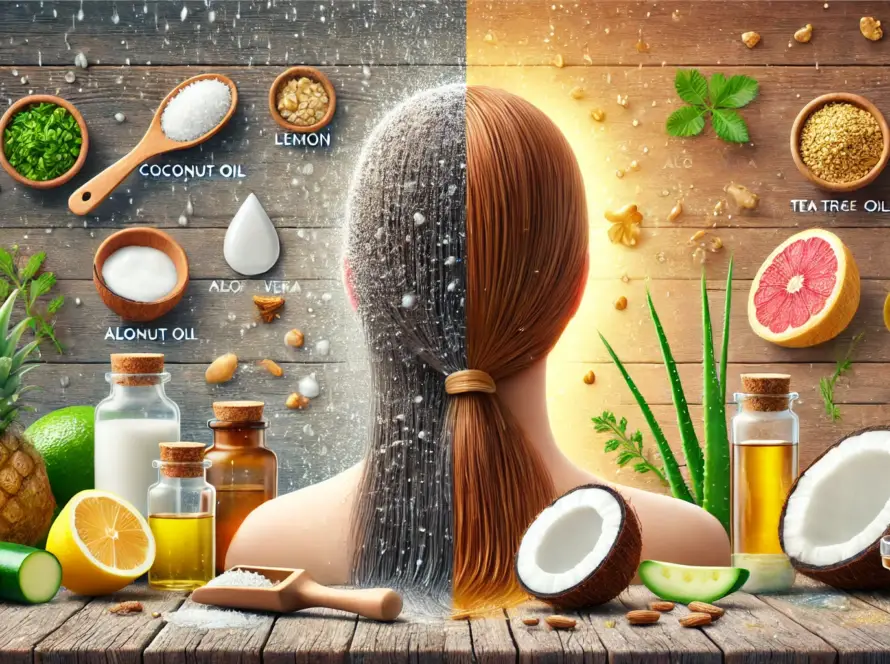In our fast-paced world, stress and poor sleep often go hand in hand. Chronic stress not only affects mood and energy levels but also disrupts sleep quality, making it harder to unwind and wake up refreshed. Fortunately, certain spa treatments are shown by research to reduce stress markers and improve sleep outcomes. If you’re looking for a natural, restorative route, here are five spa-treatments proven to help—with explanations you can trust.
1. Aromatherapy Massage
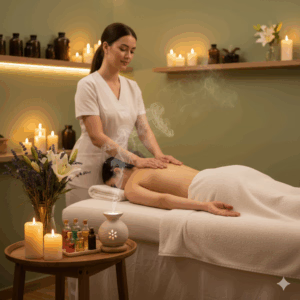
What is it?
An aromatherapy massage combines traditional massage techniques with essential oils like lavender, sweet almond, chamomile or mint, which are known for their calming and sleep-promoting properties.
What does science say?
A randomized controlled trial of patients with traumatic brain injury in the ICU showed that an aromatherapy massage (hands and feet, using mint and sweet almond oil) for 20 minutes over three days improved sleep quality significantly vs a control group.
Another study on nurses working rotating night shifts found that aromatherapy massage reduced sleep disturbances and subjective sleep problems (measured with PSQI) compared to rest alone.
A large meta-analysis of 30 studies found that aromatherapy interventions have a moderate but statistically significant effect on improving sleep quality, particularly when aroma massage is involved.
Why it helps with stress & sleep:
Massage itself relaxes muscles, lowers heart rate, and triggers parasympathetic (rest-and-digest) responses in the nervous system. The aroma oils contribute via inhalation or skin absorption, influencing the limbic system (emotion regulation), enhancing relaxation, reducing anxiety, and helping you fall asleep more smoothly.
How to offer it in the salon/spa:
Use high-quality essential oils; allow clients to choose the scent.
Focus on hands & feet, or full body depending on time.
Offer it in the evening or before bedtime for best effect.
2. Balneotherapy / Spa Bath & Hydrotherapy
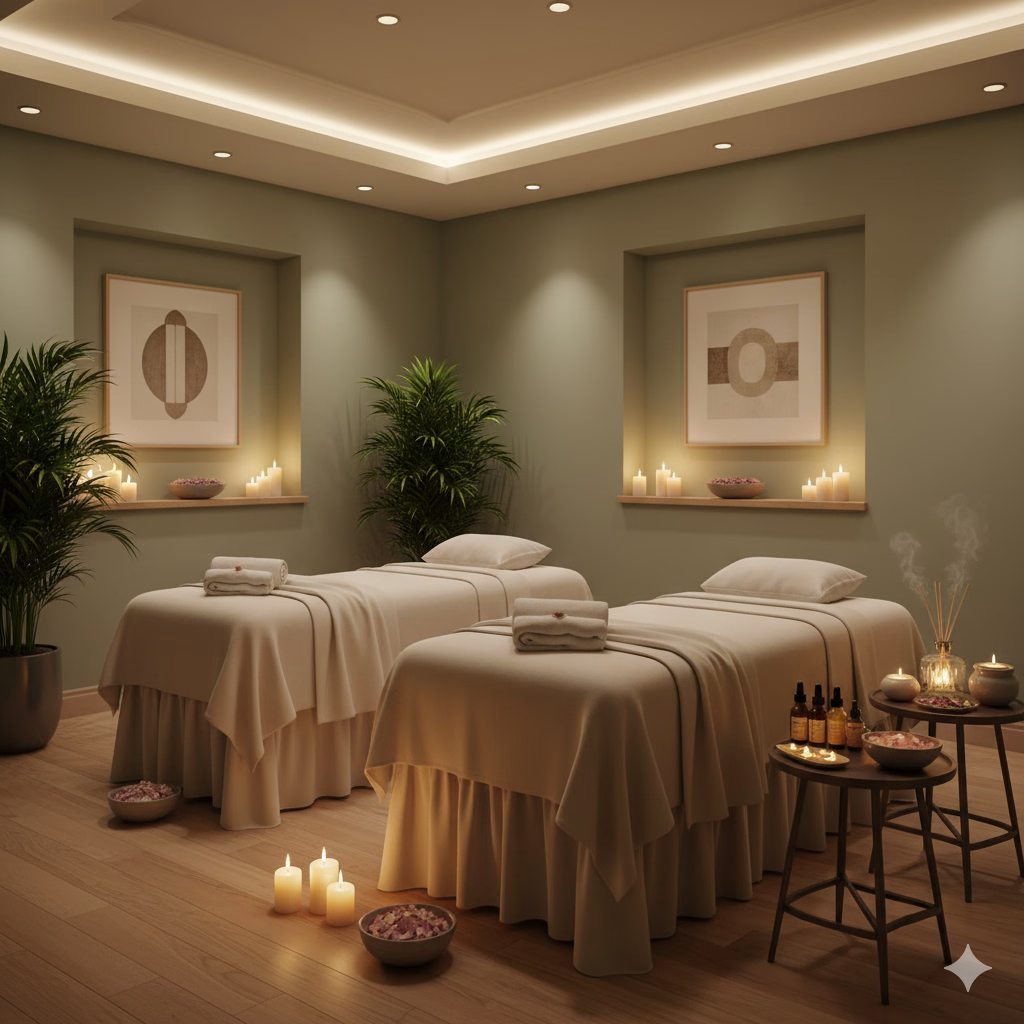
What is it?
Balneotherapy refers to bathing in mineral-rich water, thermal baths, hot tubs, steam rooms, and hydrotherapy (use of water in different temperatures/movements) to promote wellness.
Science & effects:
- A systematic review of spa and balneotherapy treatments found that in many cases these therapies cause a reduction in cortisol, a key stress hormone. Healthy or “sub-healthy” people showed measurable stress relief.
- Spa bathing (just immersing in hot water) has shown to reduce salivary cortisol and chromogranin A (another stress marker).
Why it helps:
Warm water immersion relaxes muscles, improves circulation, and helps the body dissipate heat—after which the cooling of the body after bath promotes sleep onset. The physical relaxation also reduces tension, and the sensory environment (quiet, warm, calm) helps soothe the nervous system.
How to implement:
- Provide pre-sleep baths or footbaths perhaps with herbs or salts.
- Use warm water therapies in your spa (e.g., Jacuzzi, steam bath, warm plunge).
- Combine them with relaxing music, dim lighting.
3. Mindfulness & Relaxation Therapies (Guided Meditation, Sound Therapy
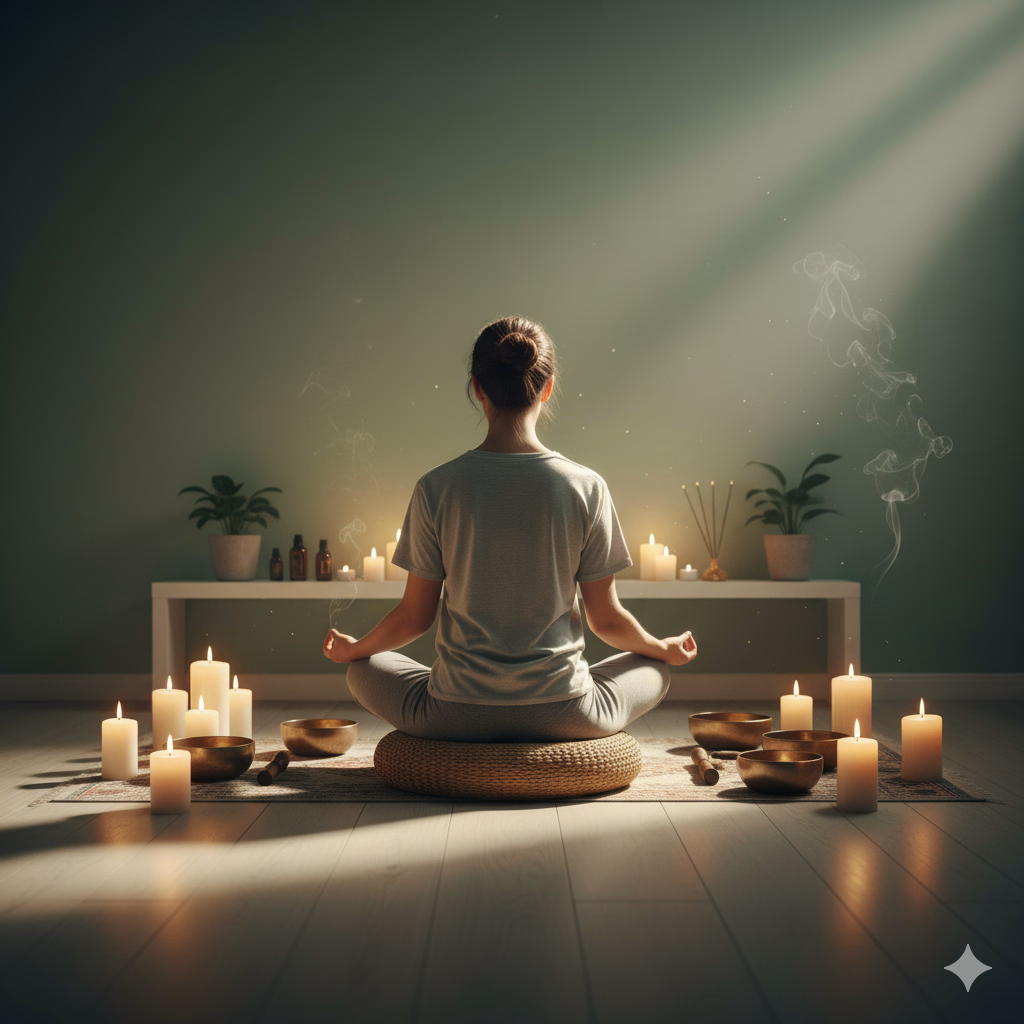
What is it?
These are less physically invasive, but powerful: meditation, guided imagery, sound baths (using bells, gongs, singing bowls), deep breathing exercises.
What does research suggest?
- While specific trials in spa settings are fewer, studies in holistic wellness show that meditation and mindfulness practices lower anxiety, reduce stress hormone levels, and enhance sleep quality. Aromatherapy massage trials also sometimes blend in guided breathing/relaxation. The meta-analysis mentioned earlier (aroma & massage) also saw reduced anxiety, depression, and improved sleep. ScienceDirect
Why effective:
These therapies calm the mind, reduce mental chatter, induce parasympathetic response, slow breathing and heart rate — all of which prepare the brain and body for restorative sleep.
How a salon can offer them:
Use relaxing music playlists, dim lights, and aromatic atmosphere to support.
Include short guided meditation or breathing sessions after massage or bath.
Create sound therapy rooms or add sound bowls in treatment rooms.
4. Mind-Body Soaks (Herbal, Salt & Mineral Baths)
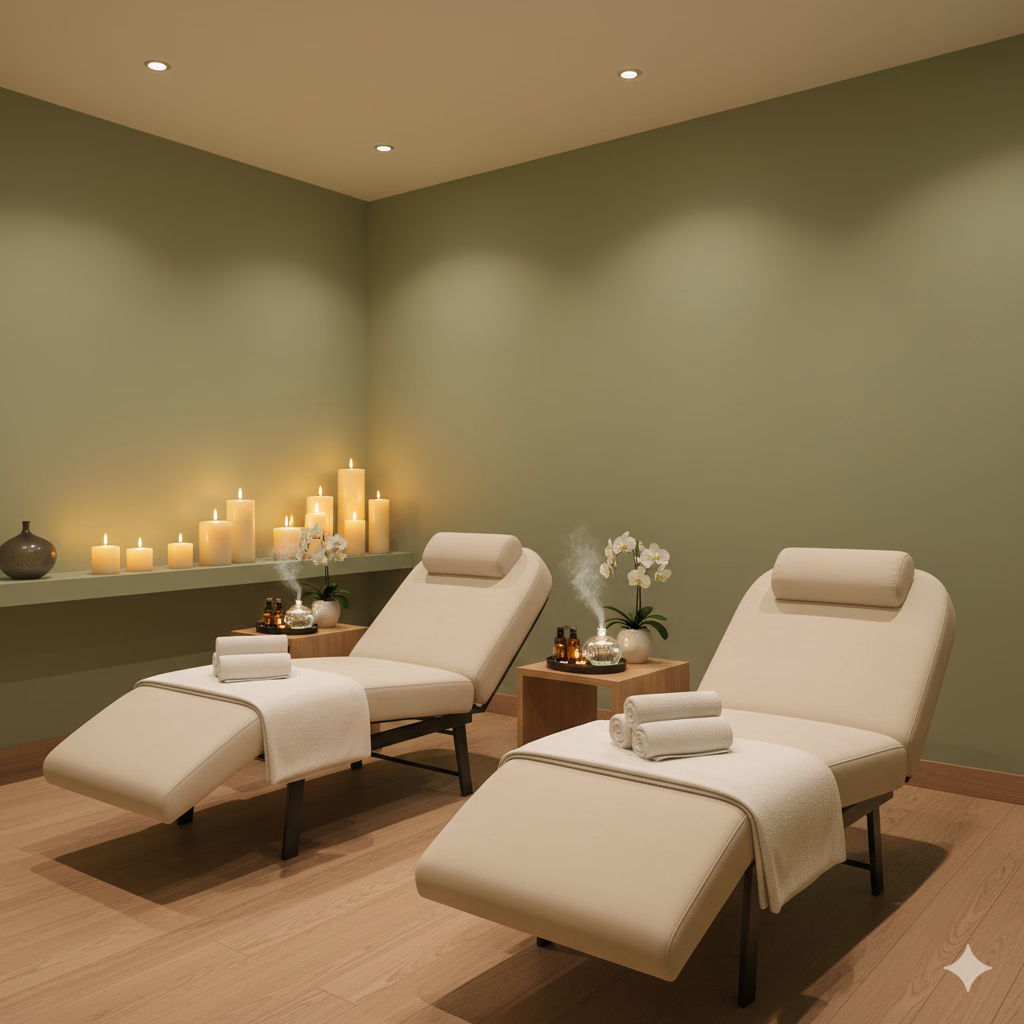
What is it?
Using baths infused with herbs (like chamomile, lavender), Epsom salt, sea salt, minerals, or therapeutic mud.
Scientific backing:
- Salt baths and mineral soaks are a form of balneotherapy; as above, they have been shown in systematic reviews to influence stress markers in healthy people.
- Some smaller trials show improvements in sleep quality after warm baths with calming additives: relaxing effect, lower fatigue.
Why they help:
Herbs like lavender or chamomile have mild sedative effects; salts and minerals help soothe skin and muscles; the warmth of the bath helps the body transition toward sleep with a drop in core temperature after leaving the bath.
How to offer:
- Herbal baths or foot soaks as part of evening spa packages.
- Use natural herbs grown locally, for local aroma connection.
- Offer salts or minerals as add-ons or mixed into bath sessions.
5. Massage Types: Deep Tissue, Swedish, Reflexology
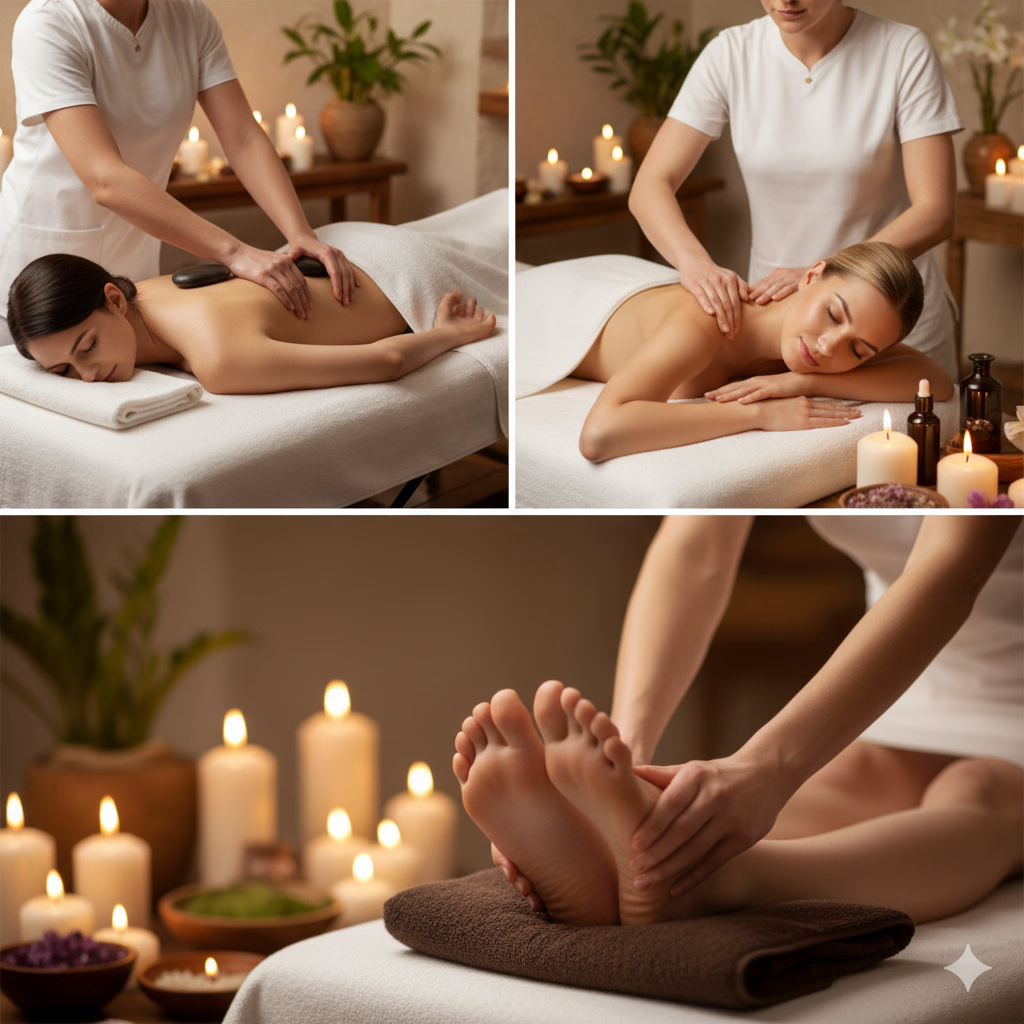
What is it?
Different massage styles targeting stress release. Swedish massage is gentler; deep tissue works into deeper muscle layers; reflexology focuses on pressure points, especially on feet or hands.
Evidence:
- The cardiac patients trial (massage vs aromatherapy massage vs control) found both regular massage and aromatherapy massage improved sleep quality as measured by PSQI.
- Regular massage therapies are long-known to reduce tension, improve circulation, increase serotonin and dopamine (neurochemicals associated with mood), reduce stress hormones. The same meta-analysis shows that massage + aromatherapy had strong effect sizes.
Why helpful for stress & sleep:
Massage reduces muscle tension and pain, calms nerves, improves blood flow, and helps reduce physiological arousal. All of this allows the body more easily to enter into sleep states.
How to use in your spa:
- Offer different levels of pressure (gentle to deep) depending on client’s needs.
- Combine with aromatherapy oils for enhanced relaxation.
- Ideal time: after evening meals or before sleep, schedule shorter sessions (30-45 mins) for bedtime preparation.
Tips for Clients to Maximize Benefit
- Timing matters: Spa treatments in the late afternoon or early evening are often better than right before bed (because some treatments may energize first).
- Create a pre-sleep ritual: after spa or massage, follow up at home with relaxing tea, no screens, dark room.
- Consistency: a single treatment helps, but regular sessions (weekly or biweekly) produce better sleep quality improvements.
- Light & environment: dim lighting, soothing sounds, natural scents help reinforce relaxation.
- Hydration & diet: drink enough water, avoid heavy meals, caffeine etc. close to bedtime.
Conclusion
Spa treatments are more than luxury—they’re scientifically supported tools for both managing stress and improving sleep. Whether through the calming power of aromatherapy massages, warm mineral baths, sound meditation, reflexology or deep tissue massage, each option offers unique pathways to relax both mind and body. At Ashtamudi Salon, we integrate these treatments in our evening and wellness-day programmes, helping clients restore balance, unwind, and sleep deeply.



